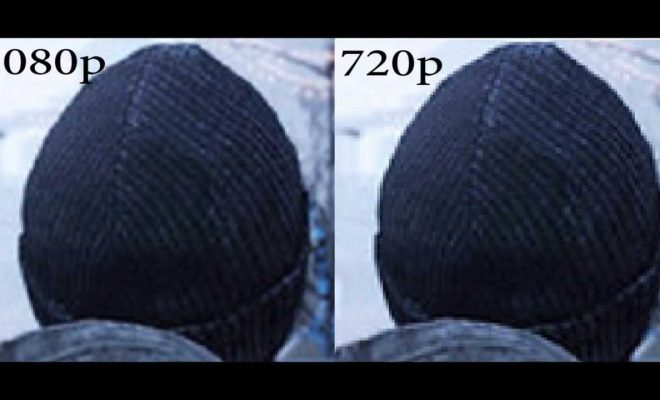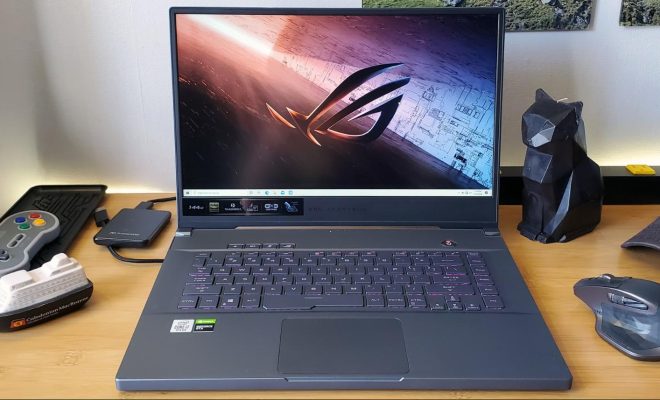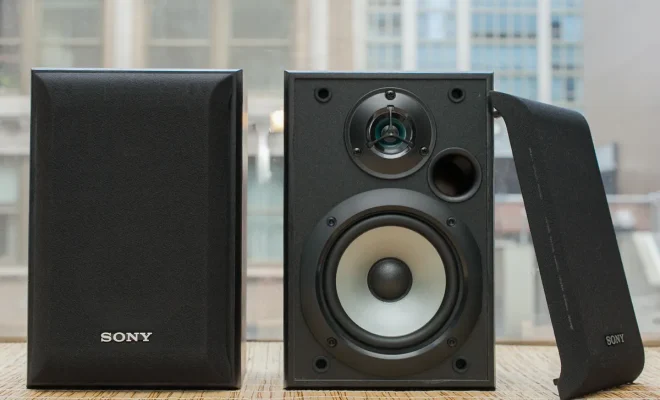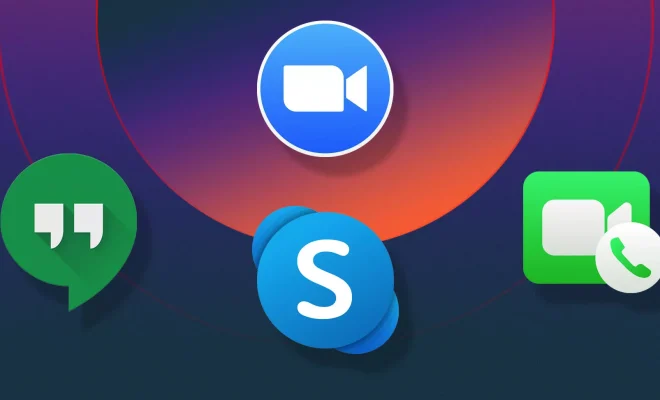720p vs 1080p: Which should I buy?

In today’s ever-evolving technological landscape, it can be challenging to keep up with the latest advancements and make the best decisions when purchasing new devices. One such area of rapid development is the realm of resolution – particularly in terms of televisions and monitors. Two of the most popular resolution options are 720p and 1080p, both widely available on the market. This article aims to help you decode these terms and determine which resolution is best for you.
What Do 720p and 1080p Mean?
First, let’s understand what these numbers mean. Both are measurements of resolution that denote the number of vertical pixels on a screen. The “p” stands for “progressive scan,” meaning that every pixel is refreshed simultaneously, making for smoother images compared to interlaced scan (denoted by an “i”).
1. 720p: With a total resolution of 1280 x 720 pixels, this high-definition option is more budget-friendly and consumes less bandwidth than its counterpart.
2. 1080p: Also known as Full HD (FHD), this format boasts a higher resolution of 1920 x 1080 pixels, leading to crisper visuals at a slightly higher cost.
Factors to Consider
Now that we understand these terms, let’s determine which one is best suited for your needs.
1. Screen Size & Viewing Distance: The benefits of higher resolution become more apparent as screen size increases or as your viewing distance shortens. For smaller TVs (32 inches or below) or when sitting further away, opting for 720p will suffice. However, if you’re working with larger screens or sitting closer to them, you’ll appreciate the enhanced clarity of a 1080p display.
2. Content Availability: A large portion of streaming content is available in various resolutions due to differing bandwidth capabilities worldwide. Therefore, if your primary content source is streaming services, it’s essential to choose a resolution supported by the platforms you use most regularly.
3. Bandwidth & Data Caps: Higher resolutions require more bandwidth and can quickly hit data caps for those on metered internet connections. If this applies to you, consider a 720p display to save on data consumption while maintaining a relatively high-quality viewing experience.
4. Budget: As with any purchase, it’s essential to balance your budget with the desired features. Those on tighter budgets might find that 720p options fit their constraints better than 1080p displays.
5. Future-Proofing: A final consideration is how long you’d like your new device to be relevant in terms of technological advancements. As the industry continues to push limits and offer increasingly higher resolutions (e.g., 4K or 8K), a 1080p display may age more gracefully than a 720p option.
In Conclusion
Ultimately, the best choice between 720p and 1080p depends on various personal factors such as screen size, viewing distance, content availability, internet bandwidth constraints, budget, and future-proofing concerns. By considering these points carefully and weighing them against your preferences and needs, you’ll be able to make an informed decision and find the perfect display for enjoying your favorite content.






